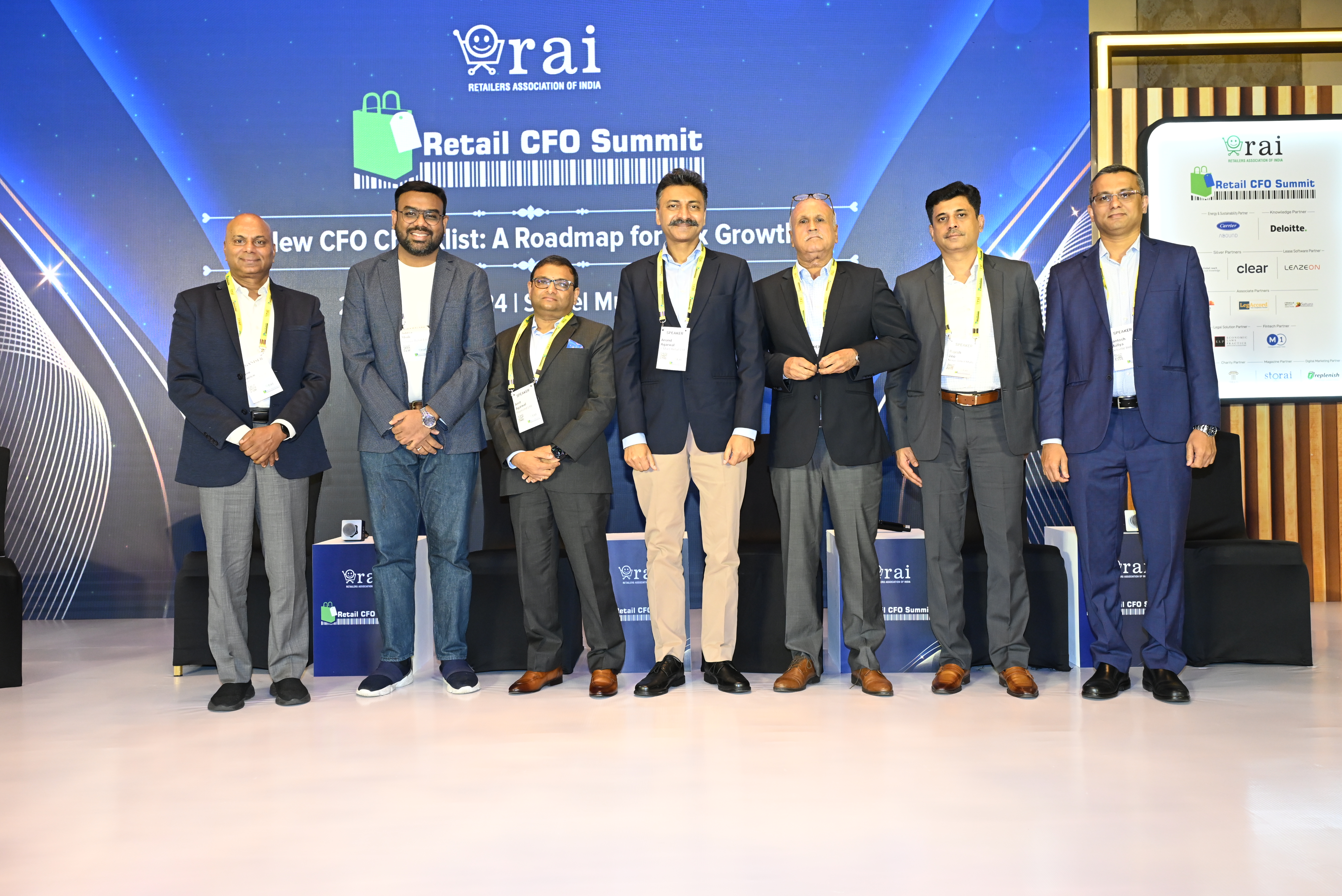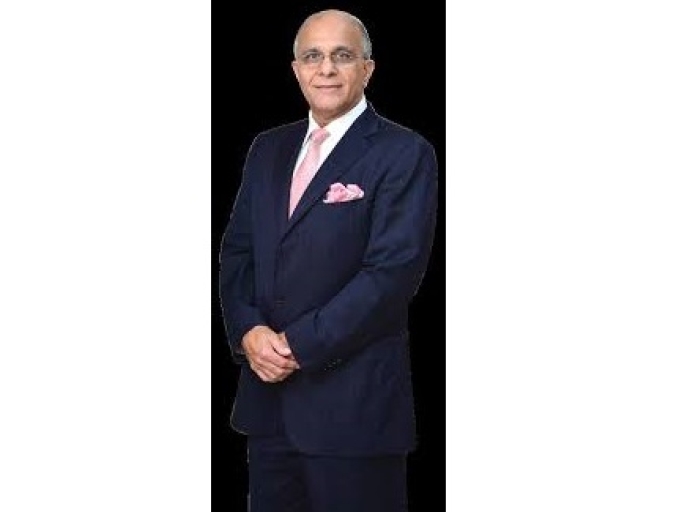24 August 2024, Mumbai
A globally renowned brand registered in 32 countries, Tessuti has forayed into the Indian market by launching its collection of men's innerwear in Bengaluru.
Known for its Italian-inspired designs, Tessuti introduced three distinct series: the 100 per cent Organic Series, the Lenzing Modal/Cotton Elastane Stretch Gold Series, and the 100 per cent Cotton Silver Series. Each series is crafted to cater to diverse preferences and lifestyles, combining comfort, quality, and sustainability to redefine the men's innerwear experience in the country.
Tessuti’s entry into the Indian market coincides with a growing trend where consumers prioritise comfort and quality in their innerwear choices. The collection features innovative designs such as an easy tuck-in vest for a comfortable fit, an ultrasoft outer waistband for all-day ease, and a double-layered pouch for added support. The comfort fit ensures a perfect fit for various body types, making these innerwear options versatile for modern consumers.
The series showcases a variety of styles and colors, all made from sustainable materials like Organic Cotton, Lenzing Modal, and Cotton Elastane Stretch. Tessuti’s focus on premium fabrics, innovative designs, and sustainability caters to the evolving preferences of Indian consumers. Lenzing Modal, a sustainable cellulosic fiber, is celebrated for its softness and durability, while elastane provides stretchiness and strength, ensuring that the garments are both comfortable and long-lasting.
Ramesh Kothari, Director, Tessuti, emphasises the brand’s commitment to the ‘Make in India’ initiative and sustainable practices aligns with the increasing demand for eco-conscious products in the Indian market.
Highlighting the product features, Kothari adds, the collection features organic cotton interlock fabric, an ultrasoft outer waistband, a double-layered pouch, and a comfort fit. These elements ensure our customers feel confident and comfortable throughout the day.
Latest Fashion news




































